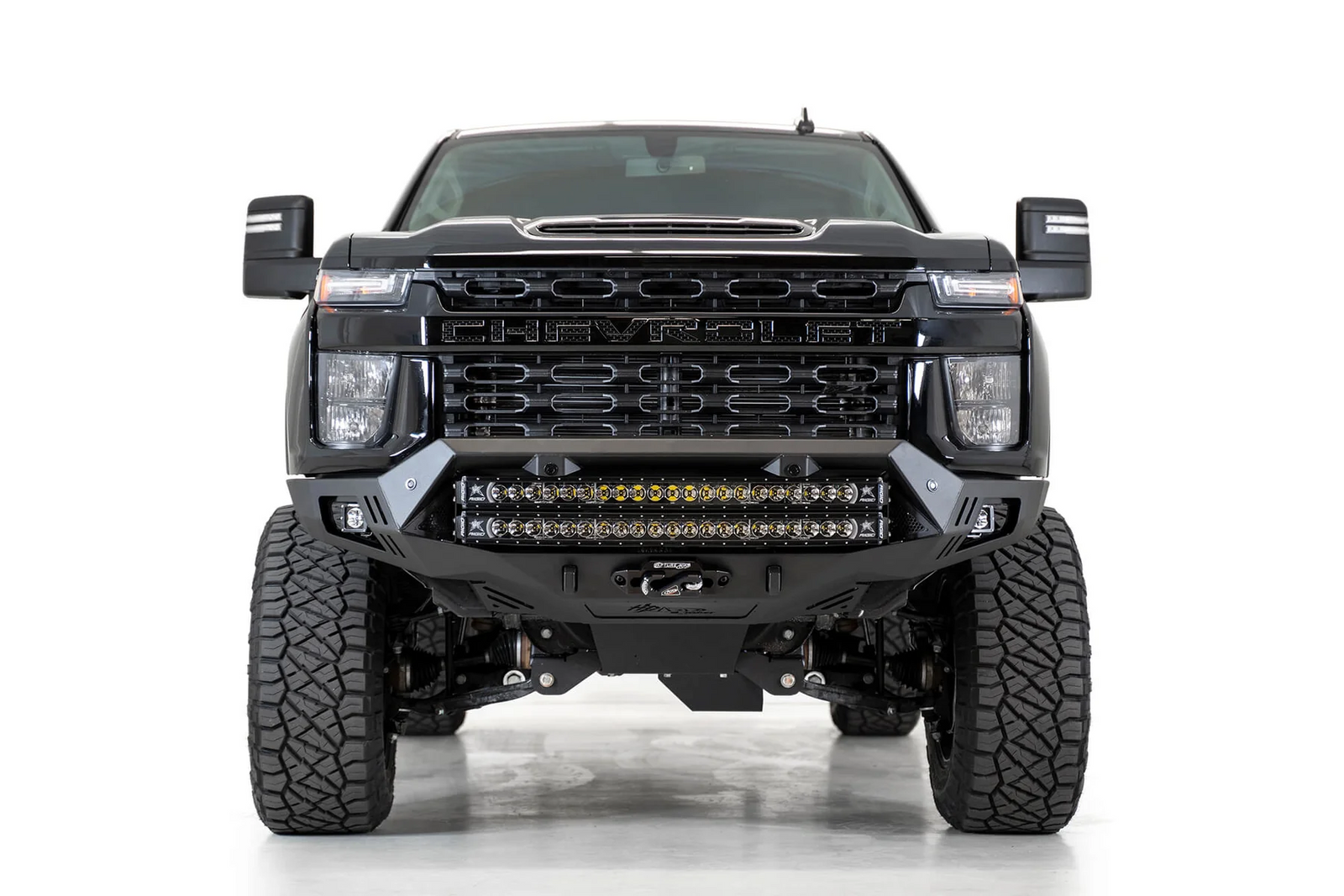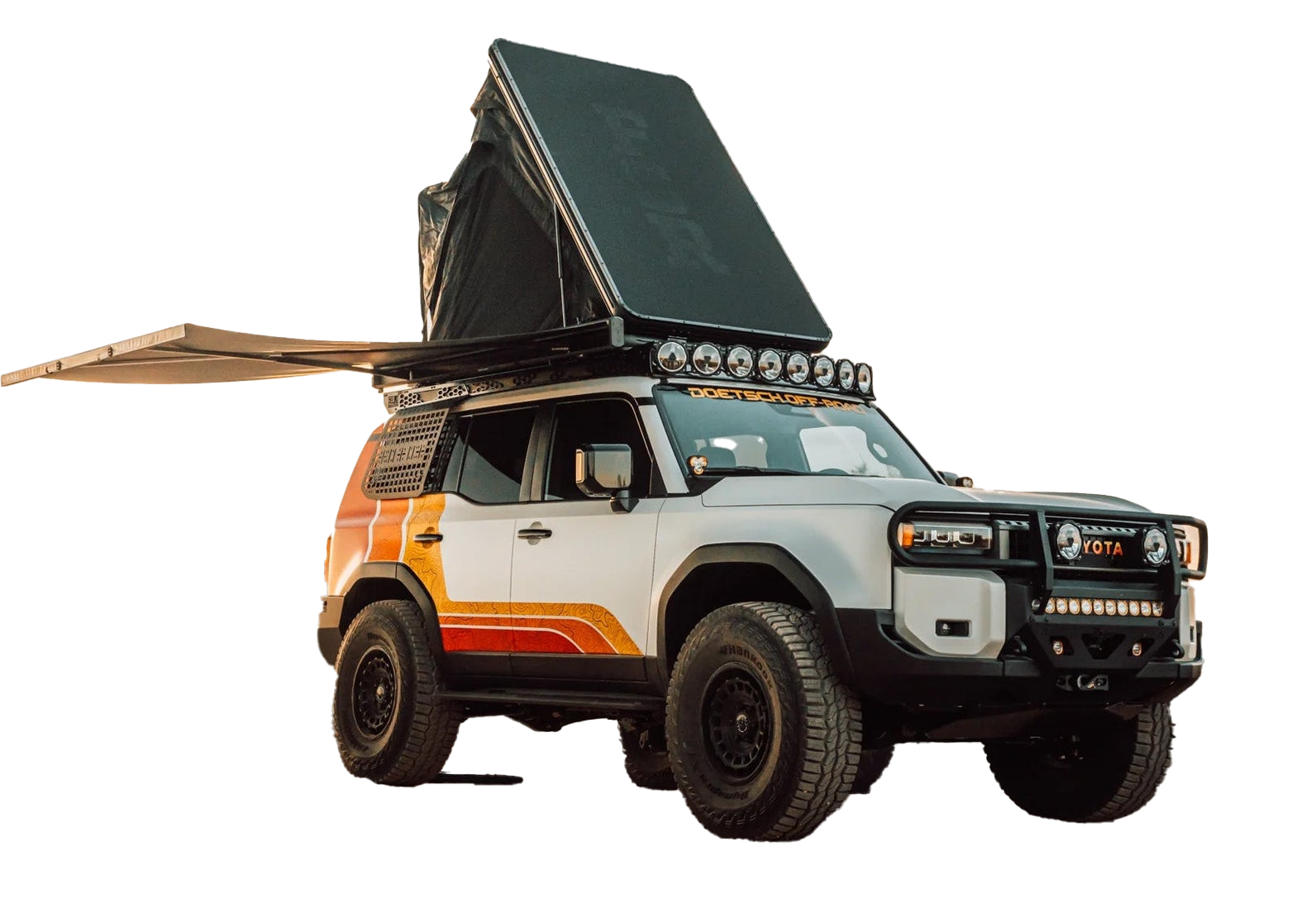Your Cart is Empty
NOW SELLING FOX & BDS SUSPENSION KITS
Menu
NOW SELLING FOX & BDS SUSPENSION KITS
American Trucks
Chevrolet
Ford
Ram
Chevrolet

Ford

Ram

GMC

Toyota

Shop by Vehicle
Shop Toyota Vehicles in Australia
Ford Australia Vehicles
Shop Toyota Vehicles in Australia

Ford Australia Vehicles

Ineos Grenadier

Lexus

Jeep


4 Signs Your Suspension Needs Replacing
January 12, 2023 3 min read
Of all the components and features that make up an offroad 4x4 vehicle, there are few parts of the car that receive as much attention and conversation as the assortment of struts, shocks and springs that make up your 4x4 suspension. This is for a very good reason, as the suspension is the constant that underpins everything you do and in many ways is the fundamental difference (other than 4-wheel drive) between regular vehicles and those that are intended for offroad use.
But given how offroad suspension setups are made of so many components, there's plenty that can go wrong – and when they do, the performance (and safety) of your vehicle can be seriously affected in a number of ways. In this blog, we'll go over some of the most common giveaways that there may be something wrong with your 4x4 suspension, and what those issues might be.

The car makes strange noises when going over bumps
If the car is making strange noises going over bumps (namely one's that sound expensive) then it's best you figure the cause out as quickly as possible. It could be as simple as a small stone or piece of debris that's become lodged in one of the suspension components, but it could also be indicative of a more serious problem. If you hear metallic screeching or clunking, for example, it's likely that two metal parts of the suspension are rubbing together.
In this instance, it's a good idea to get down and check the rubber bushings of your suspension for signs of wear. As with most rubber compounds, the best way to tell if they need replacing is by looking for cracks, splits or any other visible damage. If you see any of these, then it's time to replace the relevant component. These checks can often be done without the need for a jack - especially if your car has a high ground clearance - but replacing them will require the car's weight to be off the suspension.
Driving feels extra bumpy
As is often the case with 4x4 suspension, one symptom could be the result of several potential issues. With an extra bumpy ride while driving, the first thing I'd be looking at in this instance is the state of your shocks and struts. An extra bumpy ride can be indicative of the shocks and or struts having too little hydraulic fluid in them, causing the suspension to rest too low to the ground and leading to 'bottoming out' of the suspension. Test this by looking at each shock and strut and checking for leaking hydraulic fluid.
Car nose dives when stopping
If your car seems to be nose-diving more than usual when stopping, it's likely that your shocks aren't doing their job correctly. This is because the shocks are designed to control the spring movement of the suspension, and if they're not working properly then the springs will push down too hard on the suspension. As a result, the front end of your car will dip down when coming to a stop as the weight of the engine transfers forwards.
To test this, park your car on a level surface and with the engine turned off, push down firmly on each corner of the car. If you can feel any 'give' in the suspension or if the car dips down more than a couple of inches, then it's likely that your shocks or struts are worn.
The car veers to one side or has uneven tyre treads
Another key indicator of worn suspension is uneven tyre treads. The most common cause of this is worn shock absorbers or struts, as they provide the dampening effect that keeps the tyres in contact with the road. Another potential cause could be a problem with the wheel alignment and/or camber settings. Both of which are best adjusted by a professional.
How much does it cost to replace the suspension?
The cost of replacing your 4x4 suspension will vary depending on the severity of the damage, the type of vehicle you have and whether you do it yourself or take it to a professional. In any instance, it's best to make sure that your suspension is replaced with quality components that are going to stand up to the rigours of off-road driving.Offroad Industries stocks a wide range of vehicle-specific 4x4 suspension sets as well as individual components to give you the certainty that your car is riding on the best components possible.
Subscribe
Sign up to get the latest on sales, new releases and more …